Often reinvented and breaking boundaries in popular culture, whether it be positive or negative, there is no uniform as iconic as the schoolgirl ensemble. Originally intended to be worn as a form maintaining social order and prestige, the traditional schoolgirl uniform is rich with history as it went through numerous imaginative spins throughout its existence beyond the classroom.
Evolution of the Girl’s Uniform
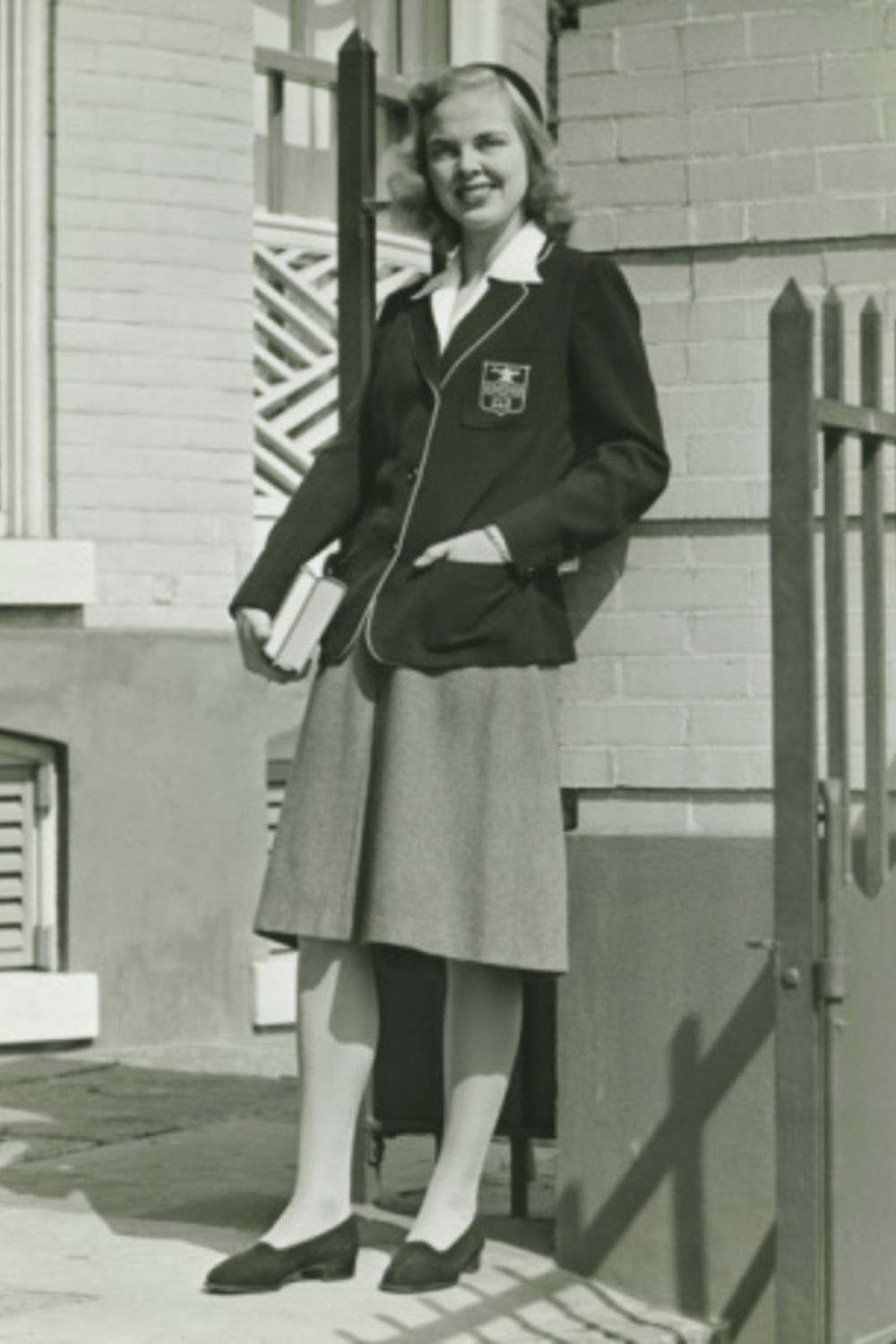
While schoolboy uniforms date as far back as the 16th century, the ‘20s is often credited with the earliest form of the modern Western schoolgirl ensemble as education became more accessible to women. Young girls paired a “middy”-a loose white blouse with a tapered front and square back that bears resemblance to a sailor-with an over-the-knee pleated skirt.
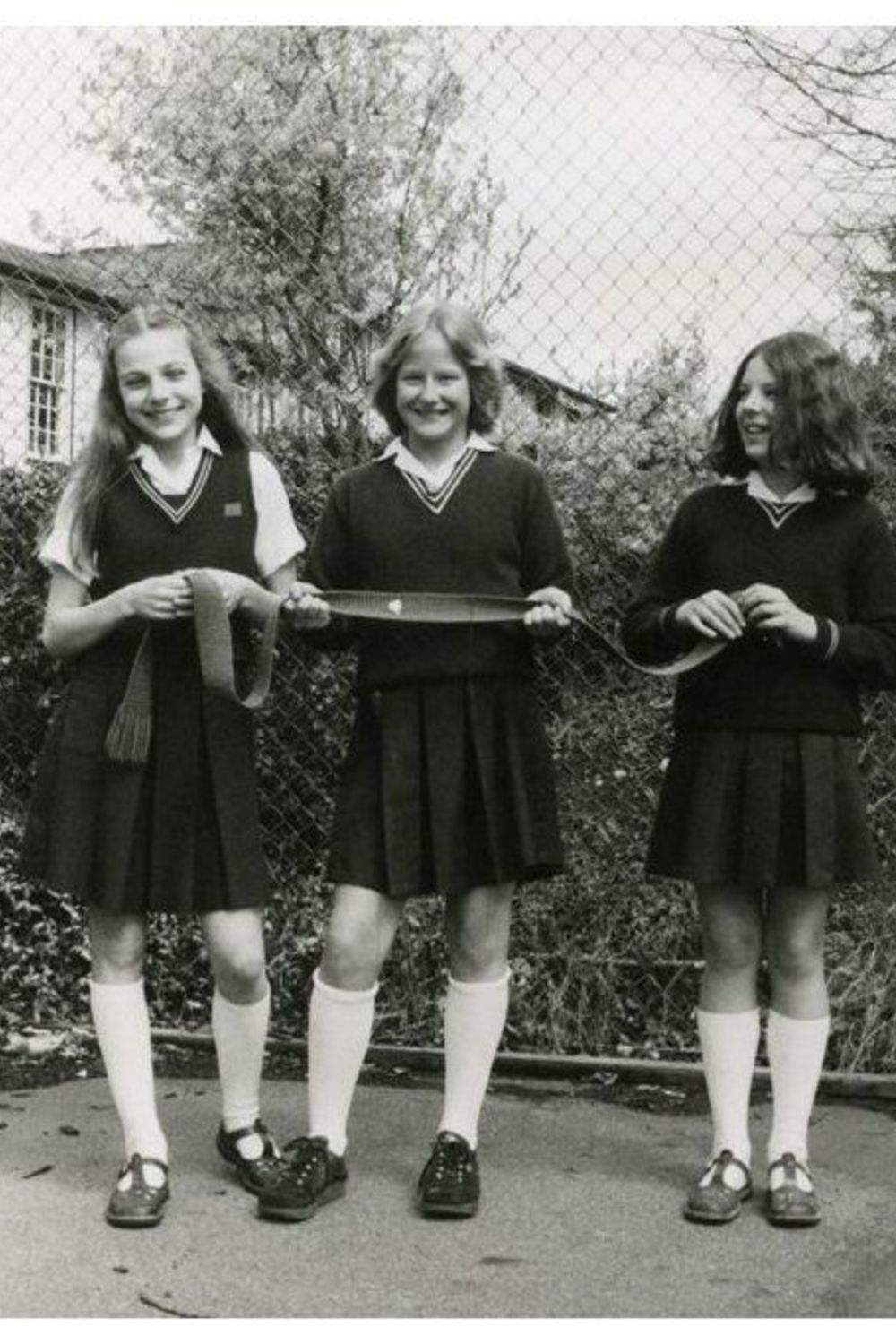
Leading into the ‘30s and ‘40s, there was even greater experimentation with girl’s uniforms, even taking inspiration from menswear and boy’s uniforms. Adolescent schoolgirls typically layered tailored blazers with insignias embroidered on the breast pocket. As a response to the war in the latter decade, hemlines rapidly rose and plaid pinafores became more prevalent in the schoolgirl attire.

When Christian Dior introduced the New Look in 1947, which consisted of nipped waistlines and long flared skirts, the aesthetic translated into modern schoolgirl uniforms. The late ‘40s and ‘50s created the quintessential “schoolgirl” uniform that we know and recognize today. Plaid kilts, tartan skirts, and Peter Pan-collared blouses skyrocketed in popularity throughout the decade.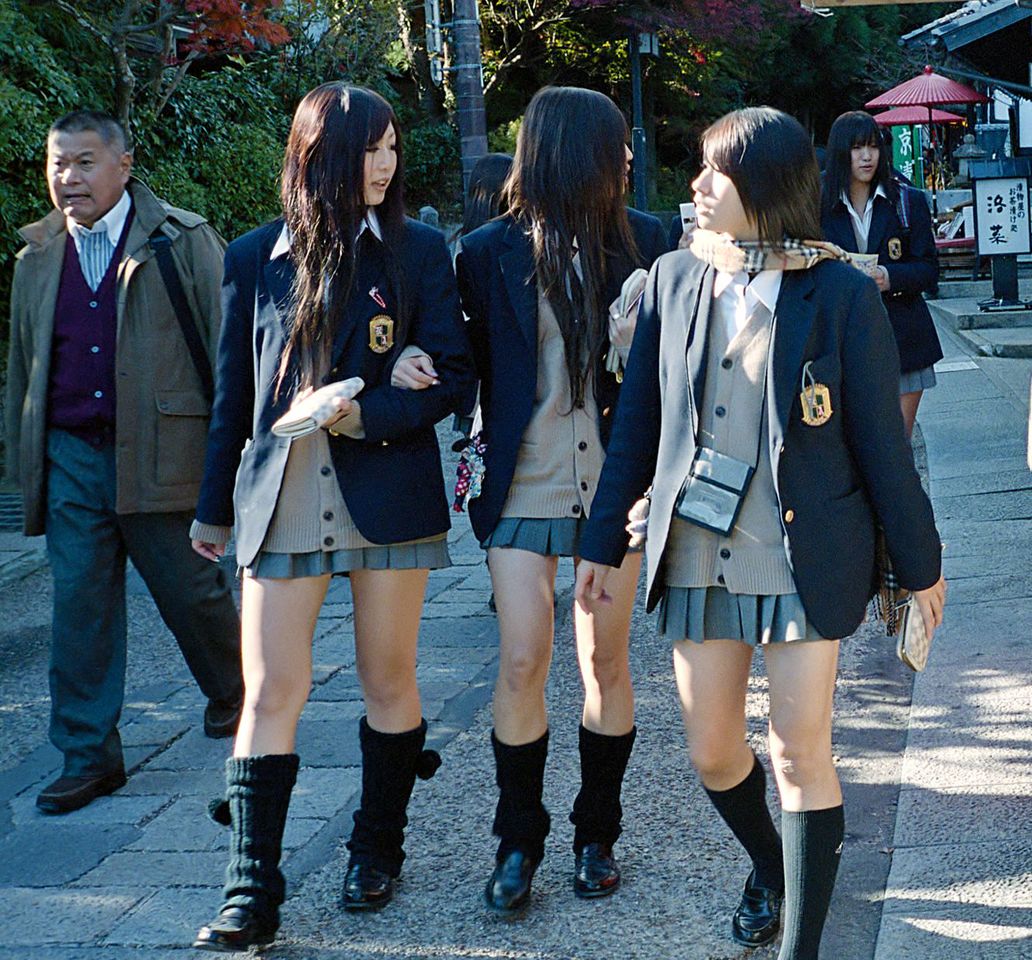
From the ‘50s and so on, girls' uniforms saw continual updates and quirks. As uniforms were often associated with private schooling and wealth, students tried to deviate from said social implications by modding their uniforms—whether it be a form of rebellion or creative self-expression.
Shortened hemlines, stacked accessories, and personalized bags were often used as a way to tip-toe around school dress codes. It enabled students to add a personal flair to the already "drab" and socially constricting attire forced upon them. In Japan, Kogyaru, a fashion subculture that emerged among young Japanese adolescents, consisted of customizing plain school uniforms as a means of fueling their anti-establishment agenda. The girls often paired miniskirts with chunky loose socks and Burberry check scarves.
The Schoolgirl Aesthetic Trickles Up to High Fashion

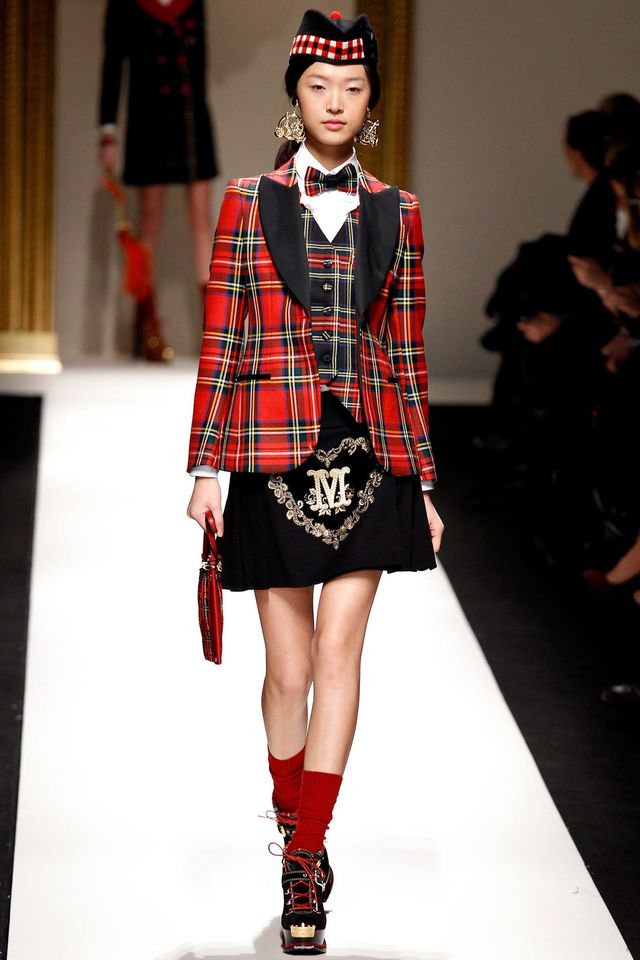
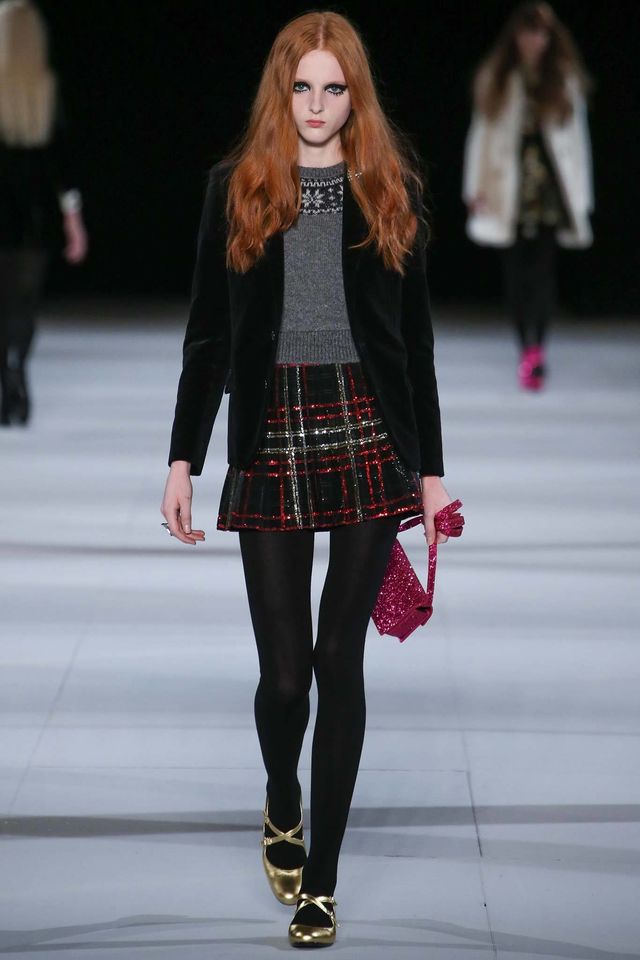
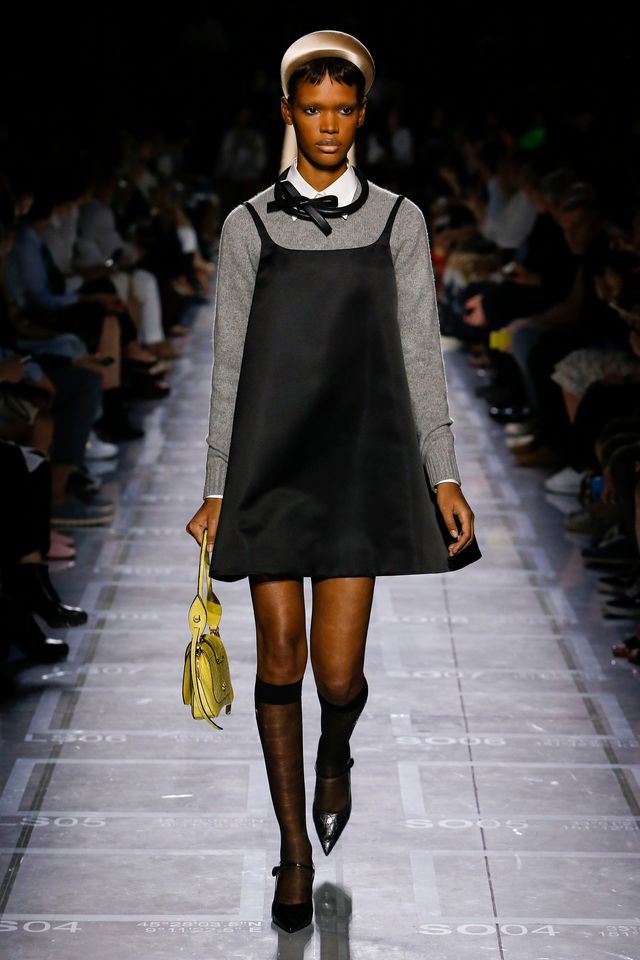
So how did the seemingly plain uniform make its way onto high fashion runways and luxury retailers? Thanks to the schoolgirl uniform’s versatility and longevity, designers such as Prada and Saint Laurent saw potential in modernizing the simple uniform. It served as a blank canvas for designers to take their own artistic spin on the youthful ensemble. The reinvention of the seemingly gloomy schoolgirl uniform, typically associated with prestige and class, allowed for fashion aficionados to buy into the desirable (and often unattainable), Gossip Girl-esque aesthetic that remains a leading trend today.
Prevalence in Popular Culture
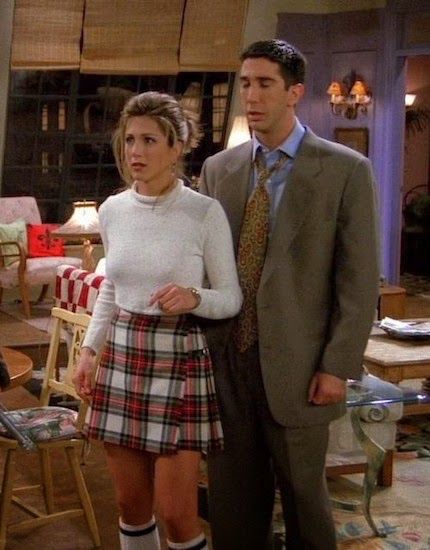
From Cher Horowitz’s iconic plaid skirt suit in Clueless to Britney Spears’ racy outfit in “...Baby One More Time,” such memorable pop culture moments serve as a testament to the schoolgirl uniform’s long-lived popularity. Continuously brought back by consumers and designers alike, today’s “preppy” trend channels schoolgirl aesthetics with modern updates. Experimental silhouettes, platform Mary Janes and loafers, and vibrant colorways, the schoolgirl aesthetic continues to thrive beyond being a mere, functional necessity.













